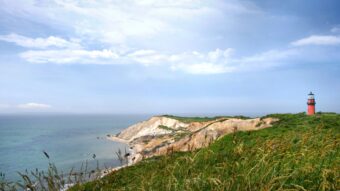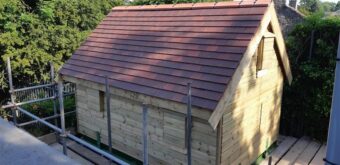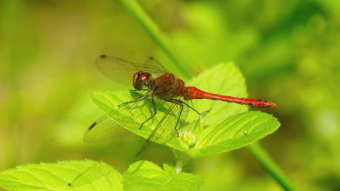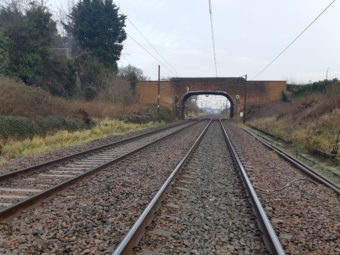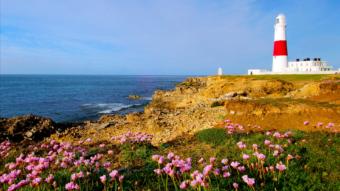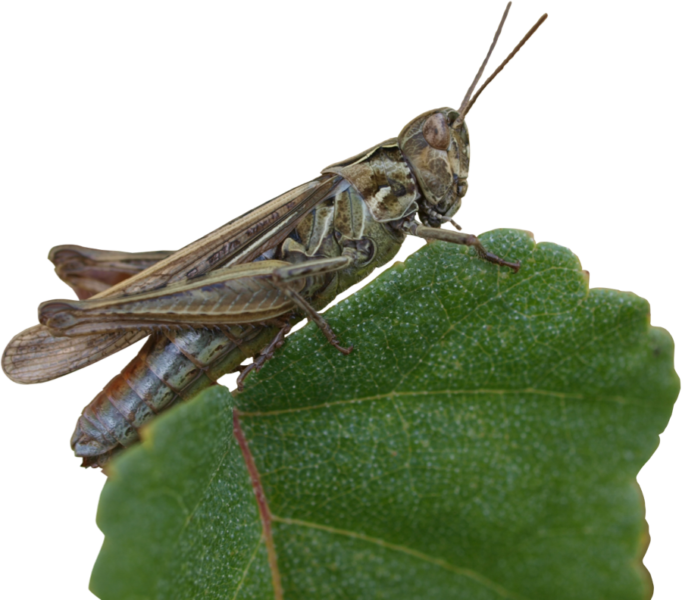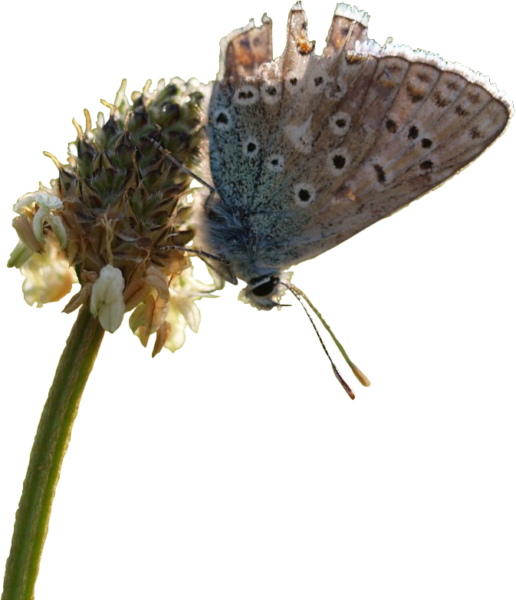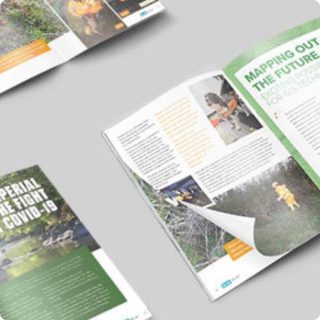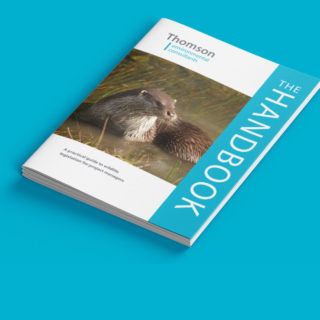The brief
We were commissioned in early 2012 to undertake detailed surveys along the approximately 40km cable route for a proposed wind farm in the South of England. Work included surveys for breeding birds, badgers, reptiles, great crested newts and a mammal scoping survey. Further bat, water vole, otter and dormouse surveys followed to inform the Environmental Impact Assessment (EIA). Finally we prepared the ecology and ornithology chapters of the Environmental Statement. The methods used for the survey work were discussed extensively and approved by Natural England in advance.
What we did
- An extended Phase 1 habitat survey had been undertaken on site with broad recommendations for further surveys
- Thomson Ecology worked with the client and the local Natural England office to agree a pragmatic survey programme and methodology and implemented the agreed approach
- The approach to bat surveys involved undertaking eight transect surveys, totalling 64 hours of survey time and multiple static monitoring surveys with a total of 1,473 hours of survey time
- We also carried out a detailed bat scoping survey of trees within the site followed by both tree climbing and dusk emergence and dawn return surveys on trees highlighted as having the potential to support bats
Other surveys included
- Mammal scoping survey of approximately 490ha
- Great crested newt surveys of over 50 water bodies
- Dormouse survey of six key areas using a total of 440 nest tubes and 110 nest boxes
- Aquatic invertebrates surveys

